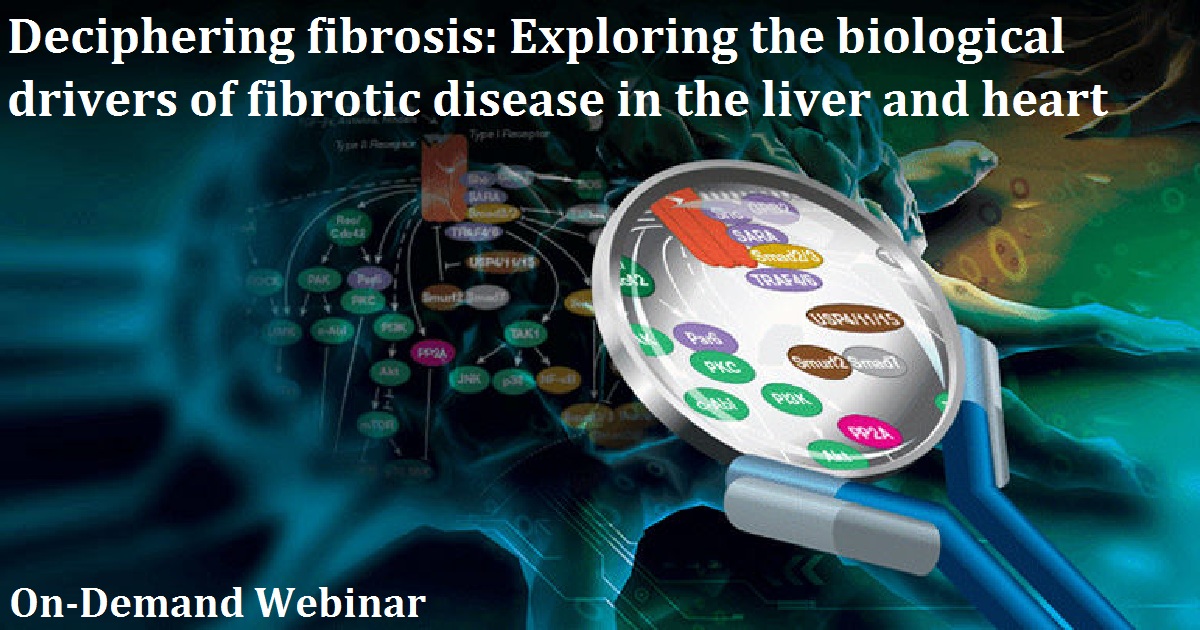Deciphering fibrosis: Exploring the biological drivers of fibrotic disease in the liver and heart
American Association for the Advancement of Science

Fibrotic diseases of the heart and liver impact a significant portion of the global population and are a growing public health concern. Fibrosis occurs when fibroblasts deposit excess extracellular material within the tissue in response to certain stimuli or injury. Myocardial fibrosis is associated with nearly all forms of heart disease. The pathological changes that can result from fibrosis include cardiomyocyte hypertrophy, chamber dilation, heart valve stiffening, and others, all of which contribute to heart failure. Nonalcoholic steatohepatitis (NASH) is a fatty liver disease characterized by hepatocyte inflammation that contributes to fibrosis, cirrhosis, and liver failure. NASH is closely linked to obesity and diabetes; changes in diet have thus contributed to its expansion and impact across the globe. Understanding the underlying biology of fibrosis is critical for the diagnosis, treatment, and management of cardiac fibrosis, NASH, and other fibrotic diseases.
Watch Now